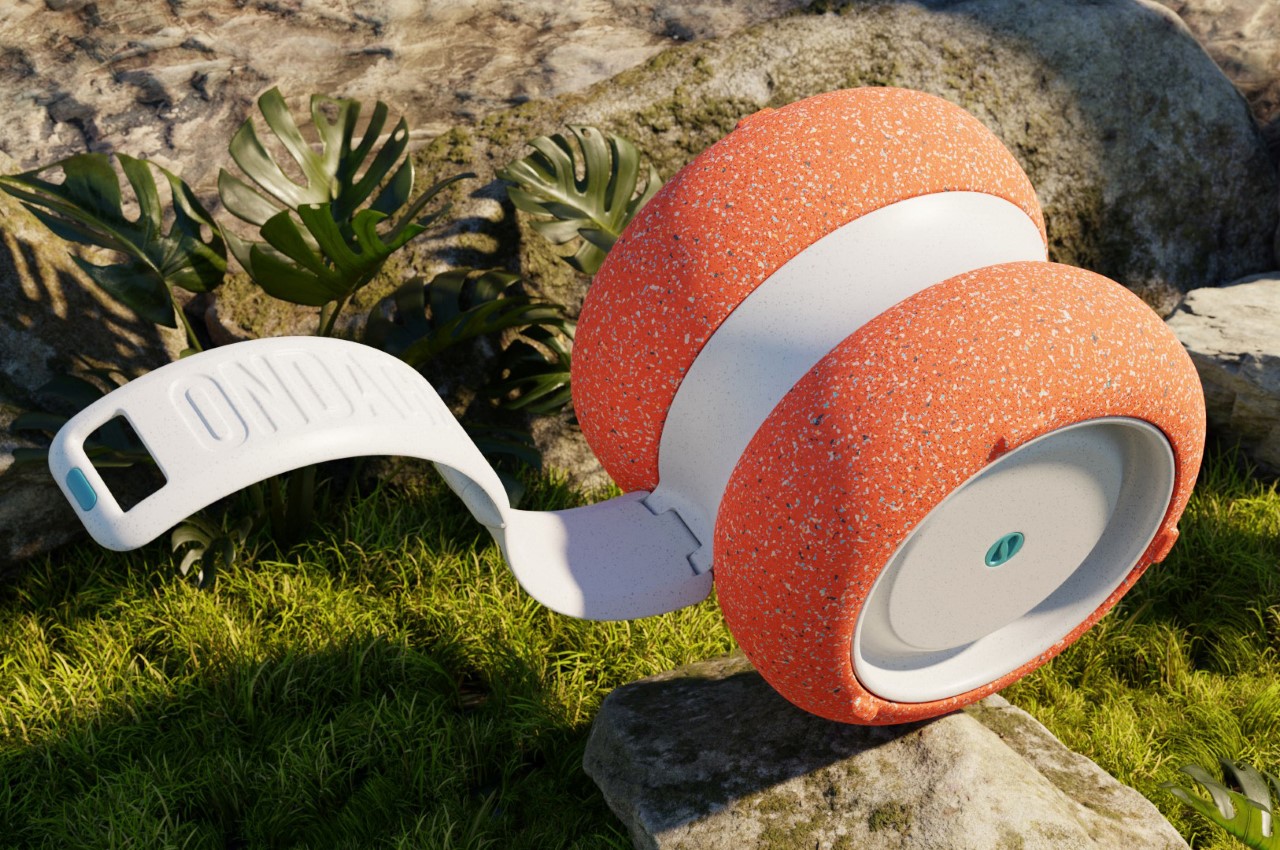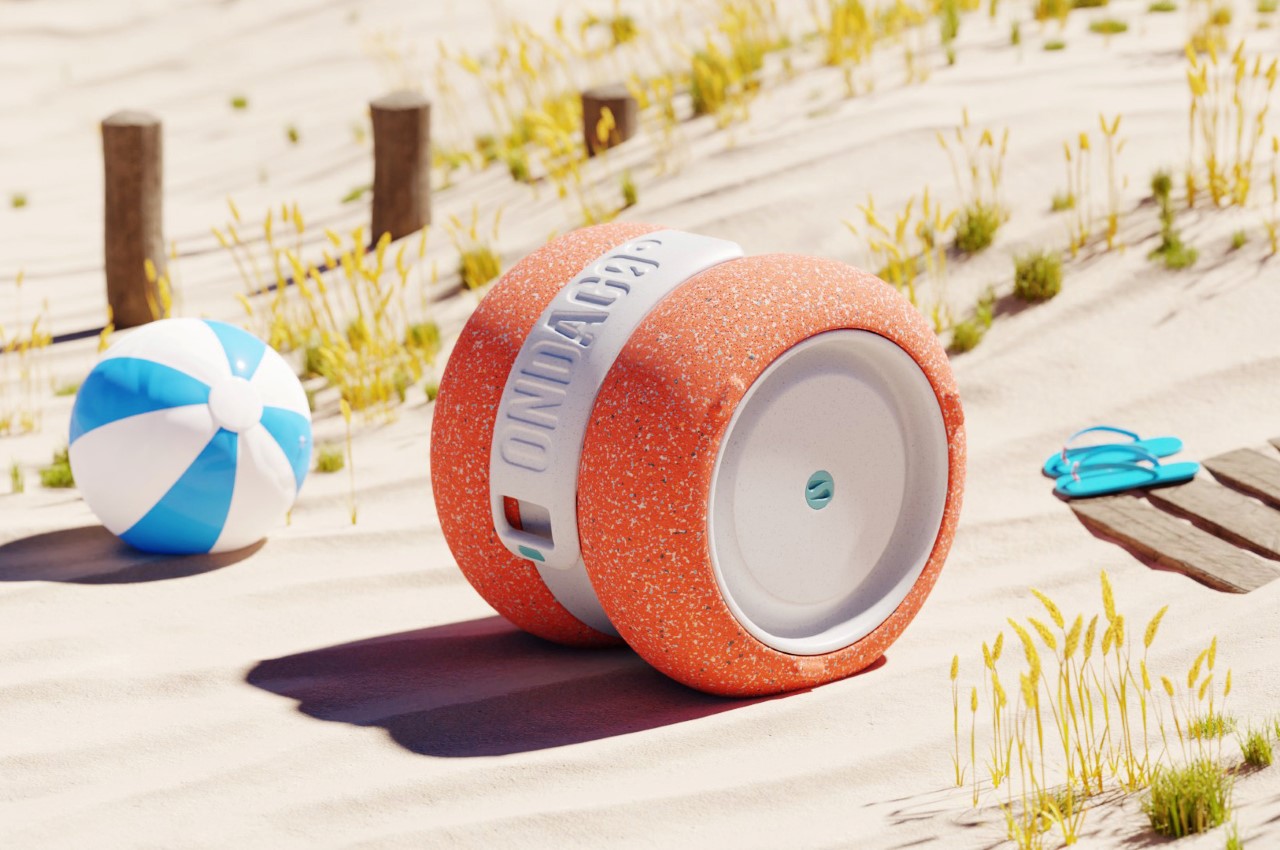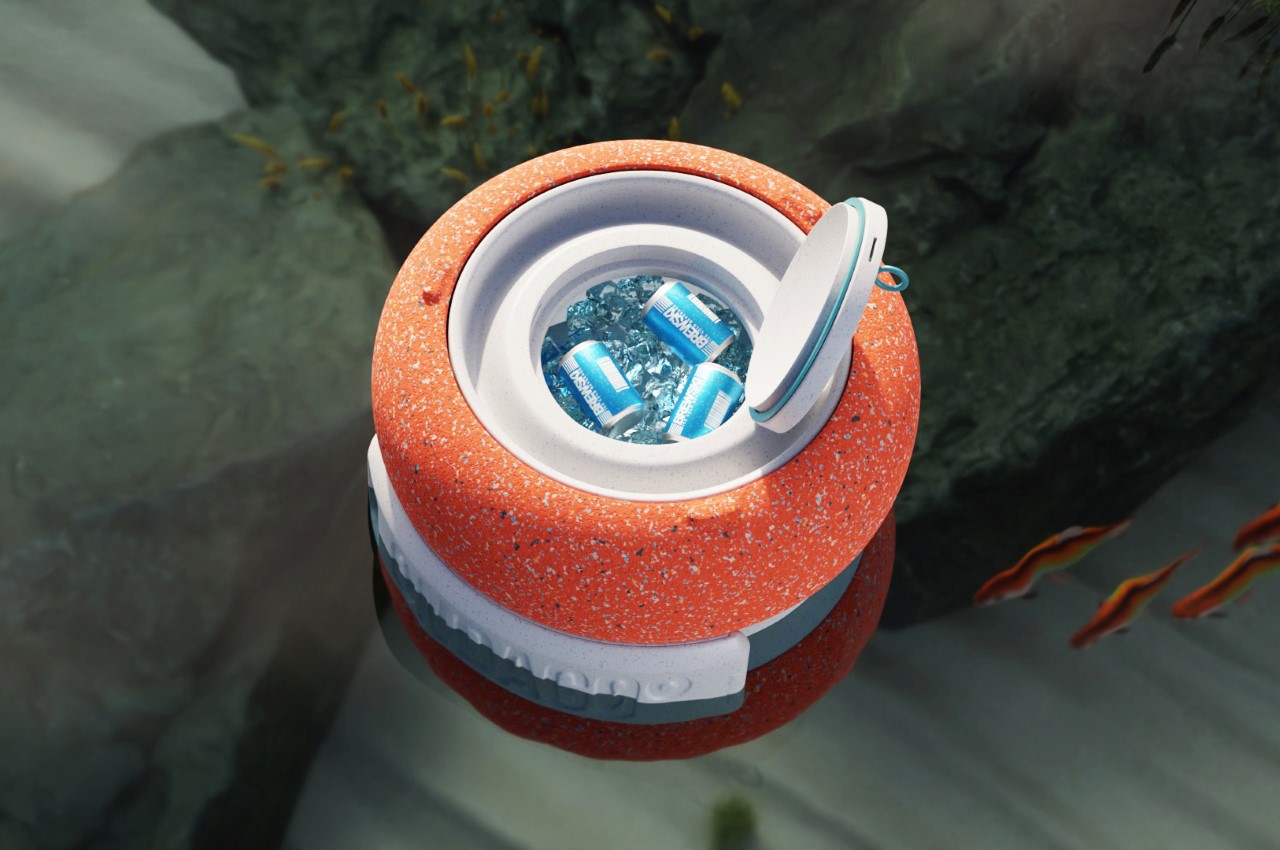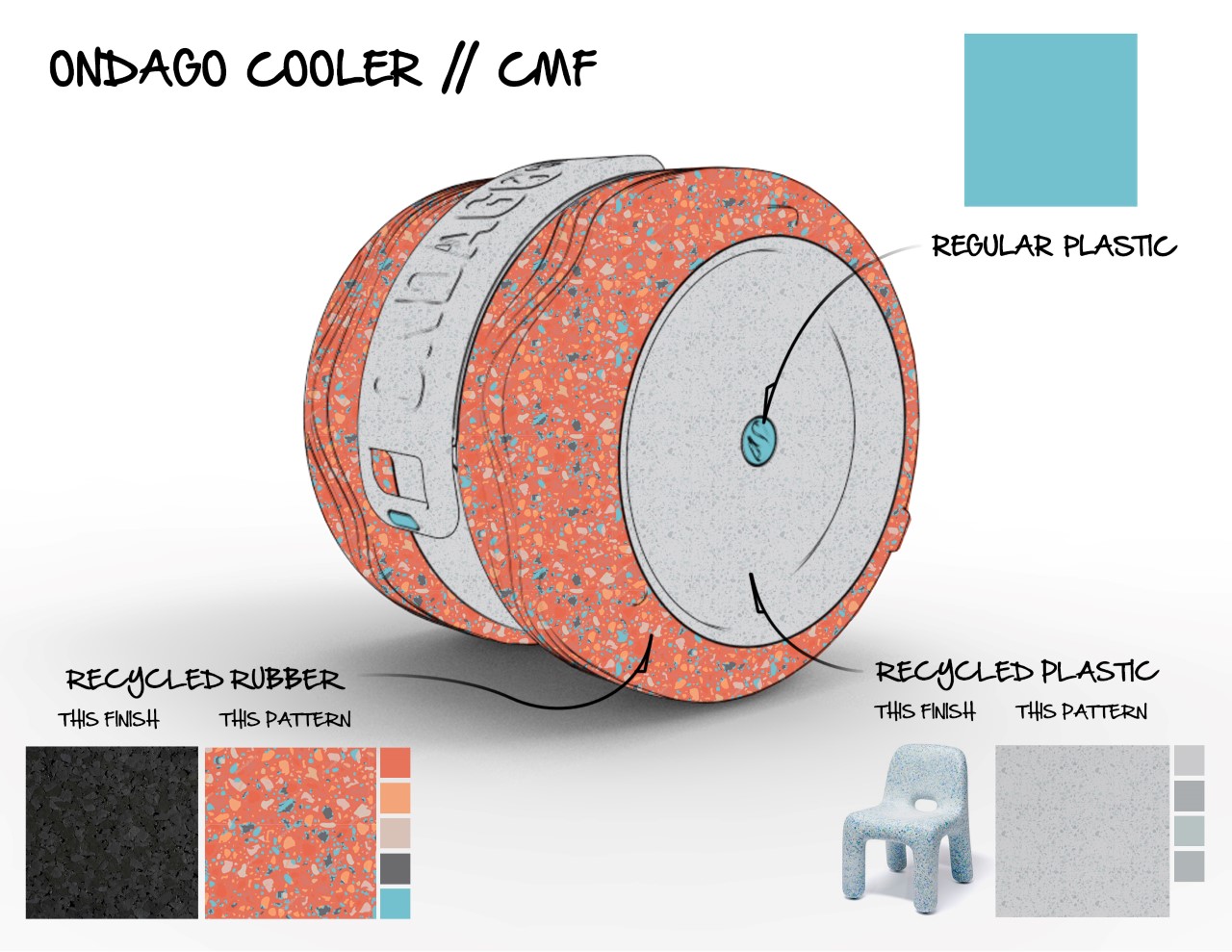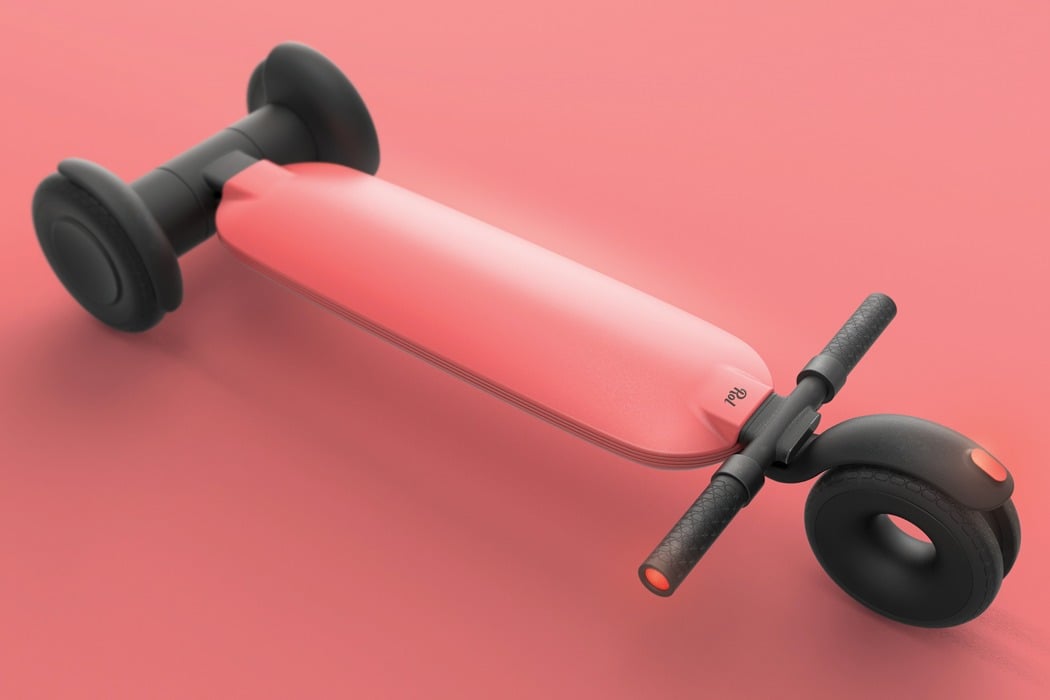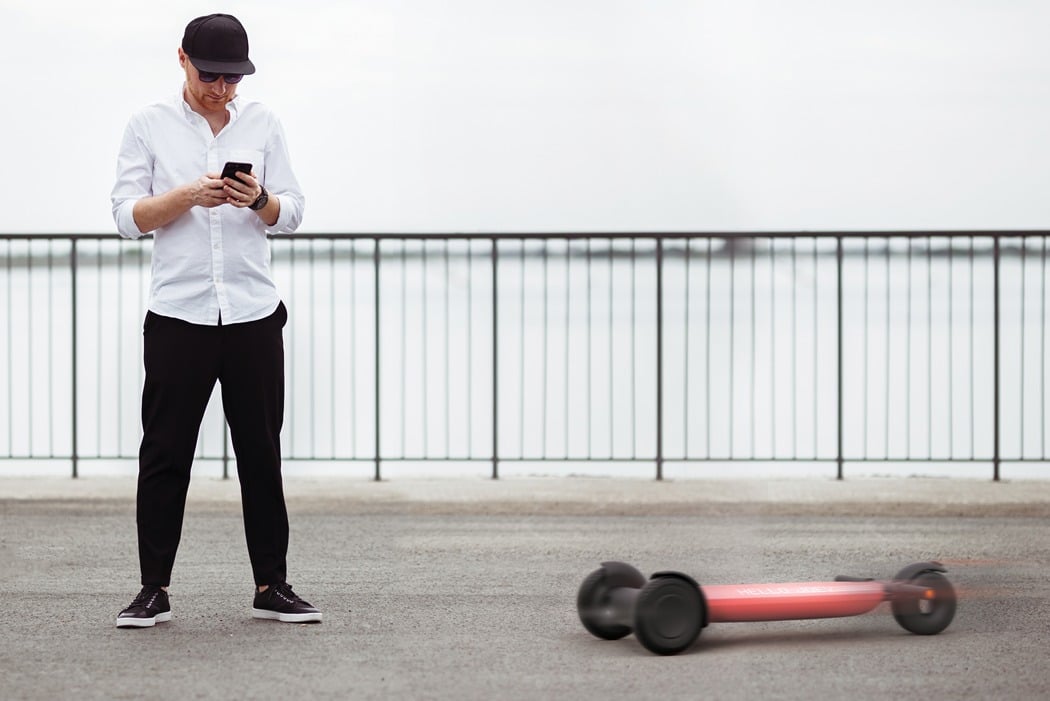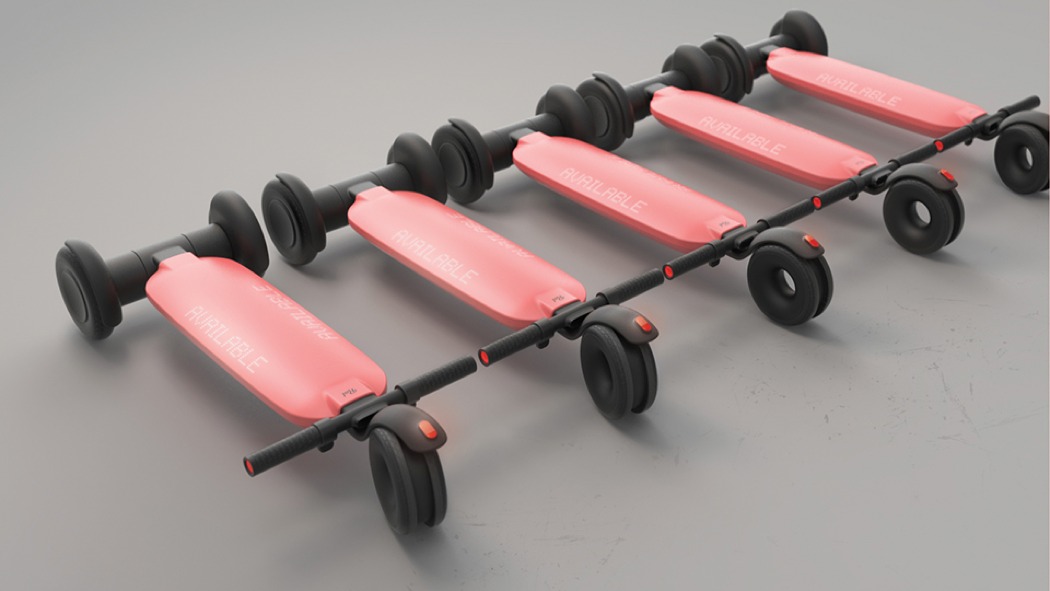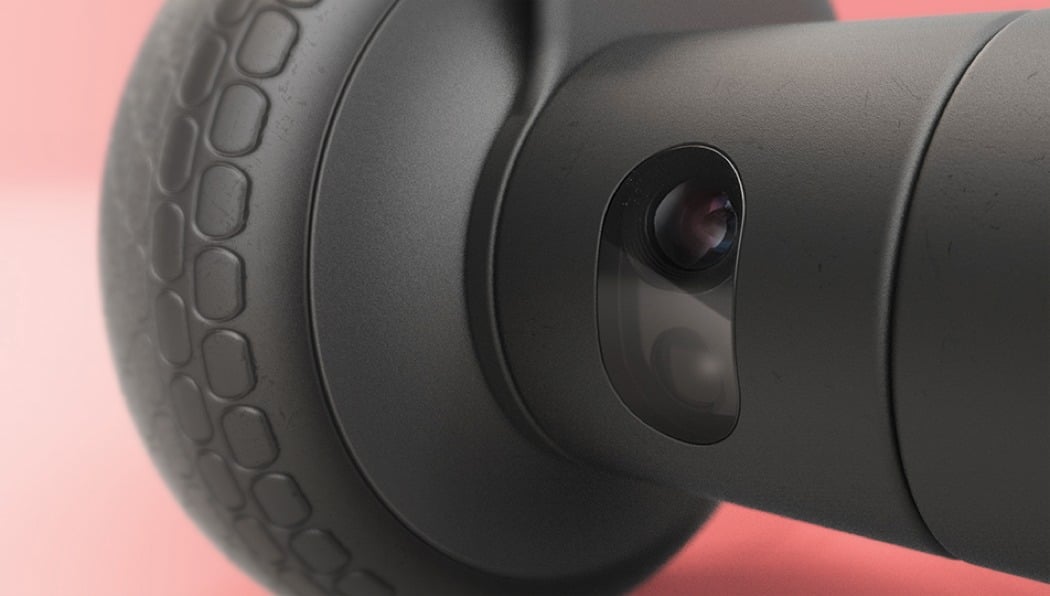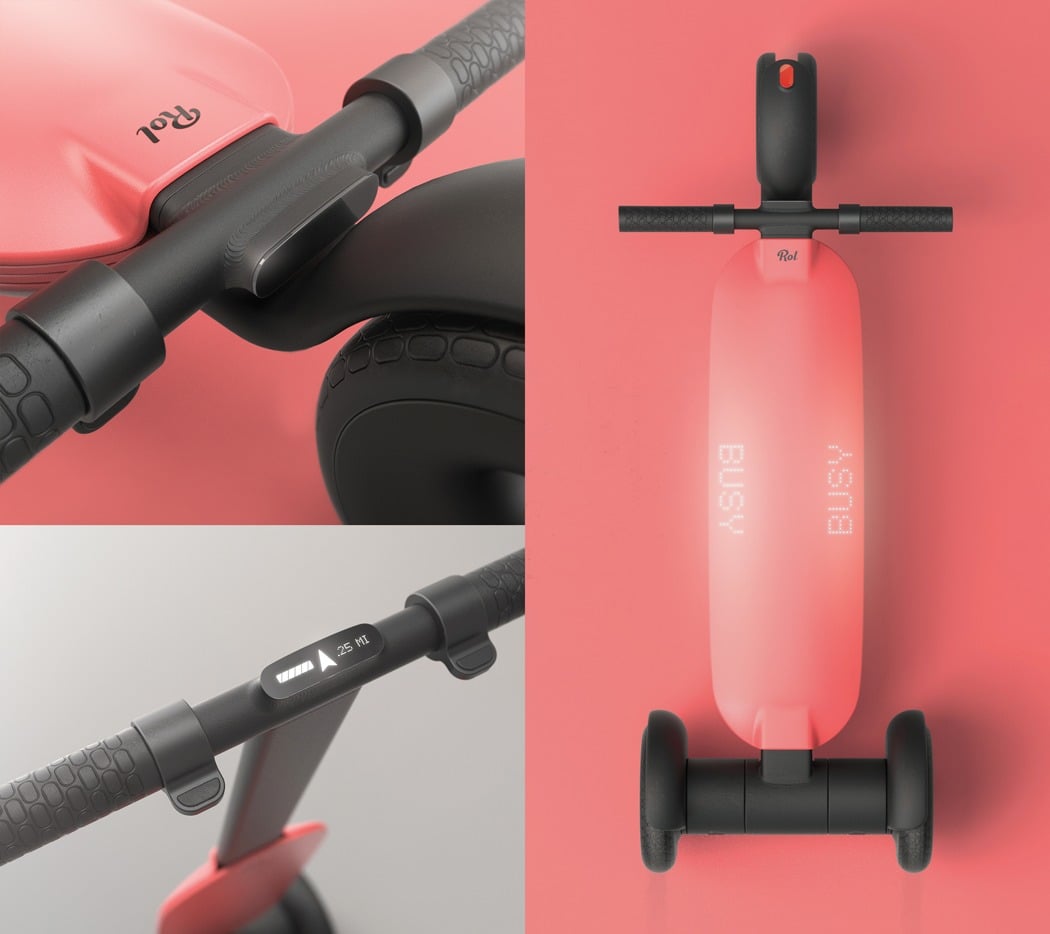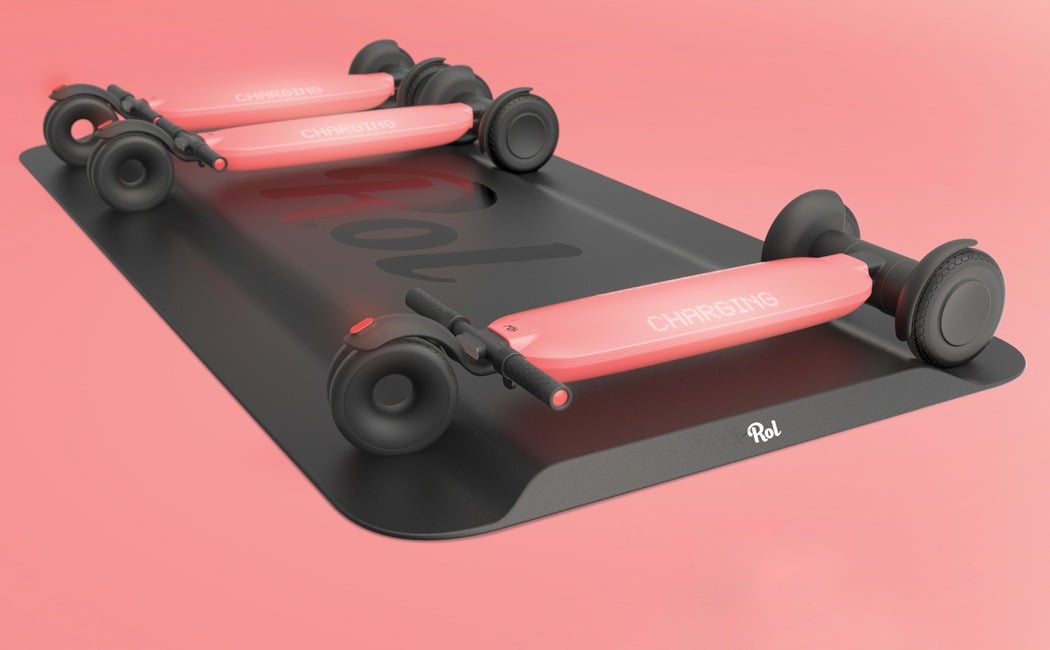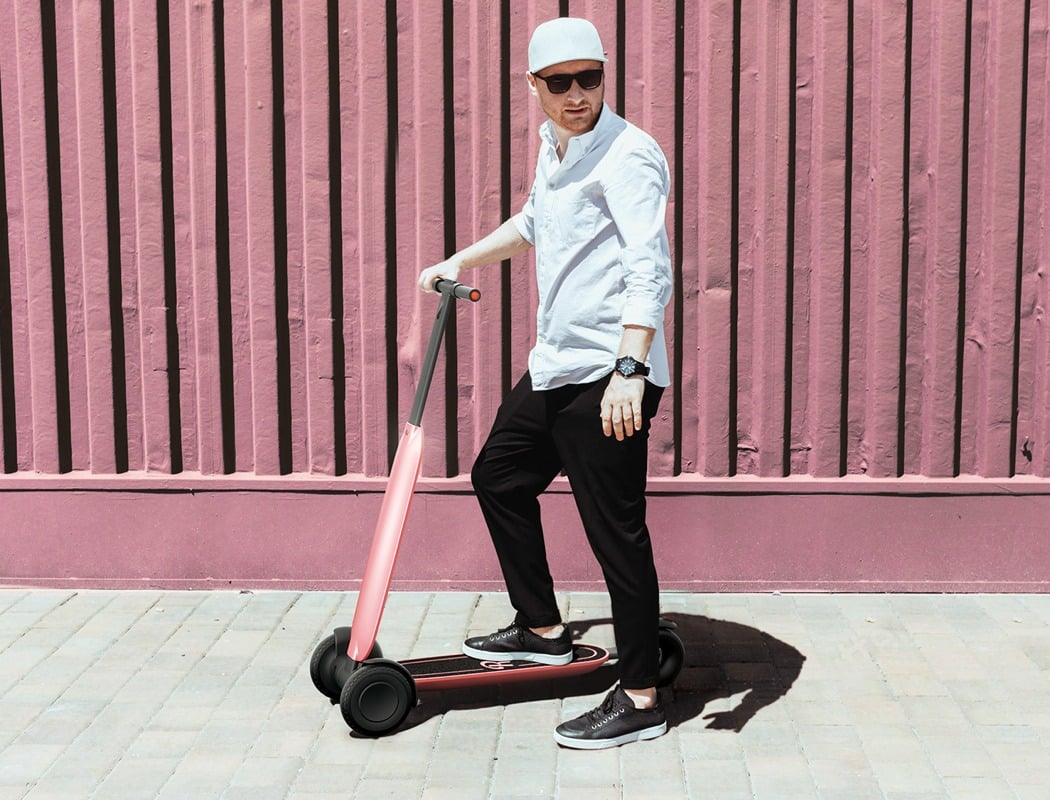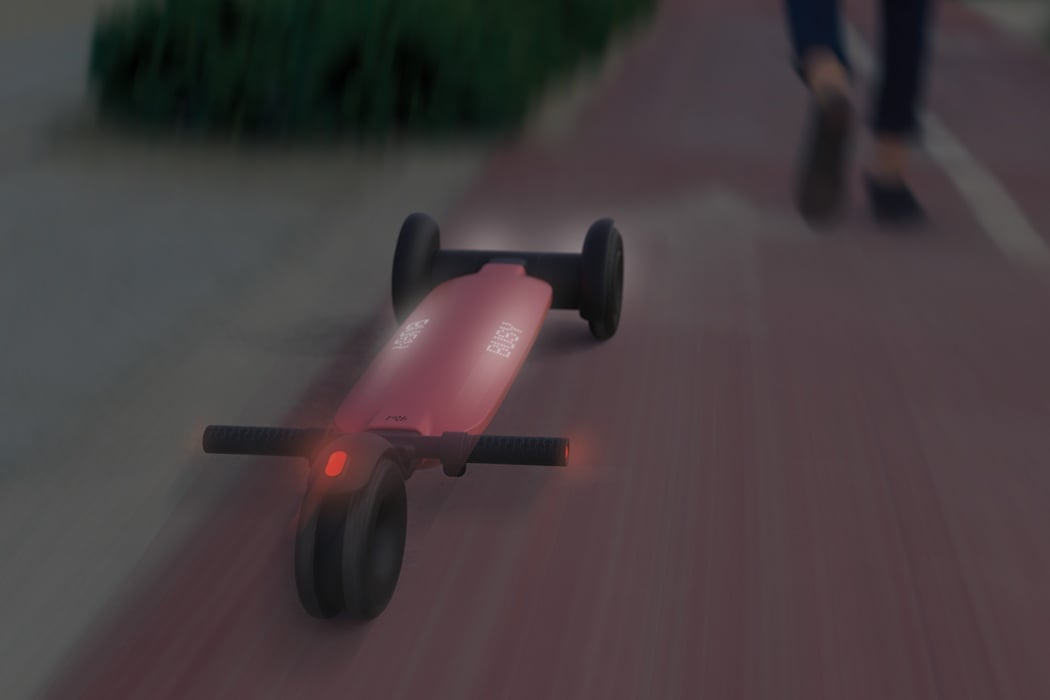
How are you feeling? Let me guess… uncertain, a bit scared… even cheated maybe? The unique thing about this problem is that it’s affecting everyone globally… and while everyone’s facing the impact of this pandemic, the way we react to it is what sets us apart. What if I told you that your outlook towards this problem could help you thrive as a designer?
If the core of what we do as designers is to solve problems, there’s no better time than uncertain times to do what we do best. If you ditch your fearful mindset, be perceptive towards opportunity, and put in the work to adapt, you could not only survive, but thrive in these uncertain times.
Let’s dive into exactly what you’ll need to do to pull this off:
Reframe Your Aim
When times are good, companies focus on making money. When things take a turn for the worse, companies shift their focus towards not running out of money. To stay valuable, you too need to shift in order to help them do just that. It’s important that you reapply your skills in a way that aligns with your client’s current goals.
How can you reshape your once revenue-focused expertise to now support your client or company with their cost-saving efforts? Now more than ever, your contributions need to be directly tied to business results that create an immediate return on investment.
Pivot To A Pressing Problem
Does your design role now seem irrelevant? That is because your job solves a problem that is no longer a priority. During uncertain times, external forces come along that drastically change the landscape we had gotten used to. With the new reality, comes new problems. These problems probably look drastically different than they did before the change.
To thrive in a downturn (or really any market), you need to solve a relevant and important problem. This is what makes your role valuable. If the problem you solve is no longer relevant, then you’re no longer valuable.
Let go of what has now become irrelevant, keep your finger on the pulse of what your clients or company is struggling with and then figure out how you can use your expertise to help them in the best way that you can.
Within uncertain times lies great opportunity. Those who are the quickest to adapt will thrive.

Create Certainty Through Strategy
Just as you’ll need to pivot, your client/company may have to do the same. If they find that their product has now become irrelevant due to the new landscape, they’ll need to adapt their product to solve a new problem.
As designers, our superpower is to see the future. Not by guessing, but by empathizing with users, understanding the big picture, utilizing our creative thinking to connect the dots, and visualizing solutions before they ever exist. This ability of ours, offers foresight and confidence to place the right bets- just what your client needs in order to act in the face of uncertainty.
To help your client navigate these uncertain times, offer your strategic expertise. Help them to understand their current predicament, their customer’s needs, the new landscape, and how they could pivot to solve a more valuable problem for their customers. Designers thrive when their clients thrive.
Support Not Sell
These unforeseen events have created uncertainty, for both you and your client. Your client feels the pressure to keep their people and business in good health. You feel the pressure to land a project or two before your savings dry up. Rather than desperately pitching your service to an unwilling client, now is the time to stop selling and start supporting.
Instead of trying to convince your already nervous prospects, to hire you, let them come to you when they are ready. (p.s. if your service doesn’t address a problem that is important to them, they’ll never be ready.) Tap into your runway of savings while you thoughtfully pivot your offer and find ways to help both your current and future clients.
Do not go silent, but instead keep showing up. Take advantage of extra free time to invest sweat equity into building and strengthening your relationships. Focus on being genuinely helpful and supportive. Share informative content through blogging and social media. Find ways to relieve the new found pains that your connections are experiencing.
What this does is builds trust and loyalty as clients see that you are there for them- providing value in both good times and bad. Play the long game and you’ll build a long-lasting business.

Serve A New Space
While there are a lot of people and businesses hurting right now, there are quite a few that are busier than ever. Take some time to do your research on which industries are booming because of this new landscape. Businesses in these industries (such as healthcare, sanitization, and virtual tools) may need design and your expertise now more than ever.
You don’t have to stick with what you’ve always done and who you’ve always done it for. Pay attention to where the demand is and then redirect your efforts to serve in that space. Be flexible. Get creative. Remember, those who are the quickest to adapt will thrive.

ABOUT THE AUTHOR
Kelly Custer is the Founder + Design Director of Knack
Pairing her transportation design education from the College for Creative Studies in Detroit, Michigan with over 8 years of design consulting experience in consumer products, Kelly has built a strong passion for mobility. She founded Knack in 2014 and leads the studio to deliver irresistible simple mobility products.
When she’s not in the studio, she can be found on a mountain bike trail, trying to keep up with her husband on her dirt bike, or exploring the Tennessee river on their vintage stand-up jet skis.
Follow Knack on Instagram

